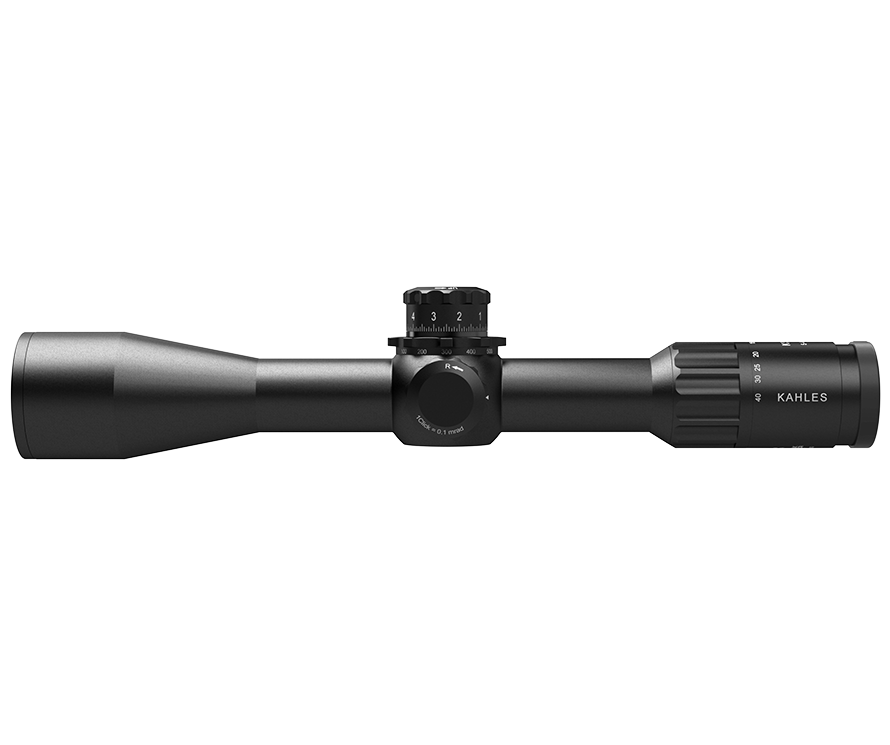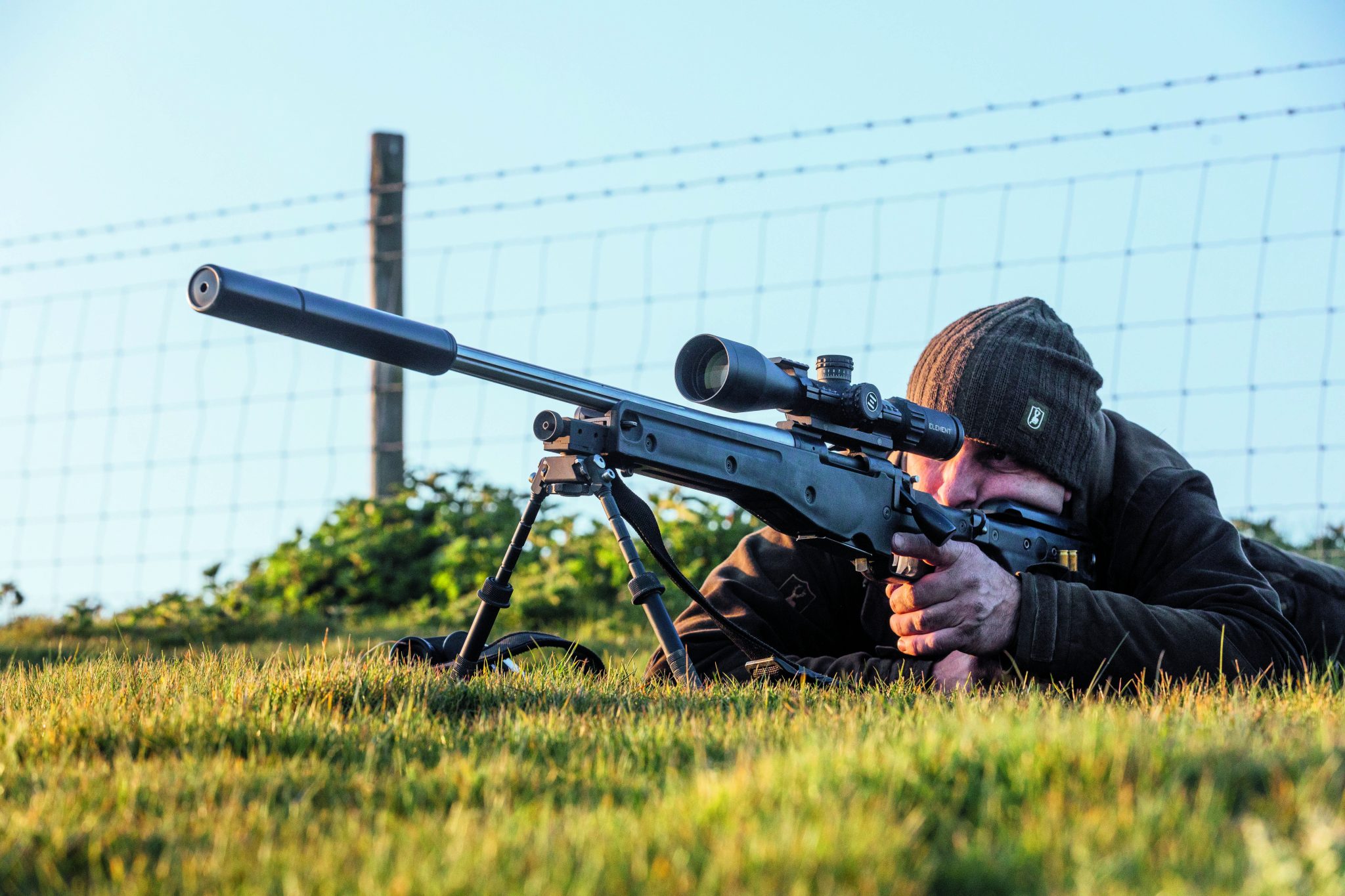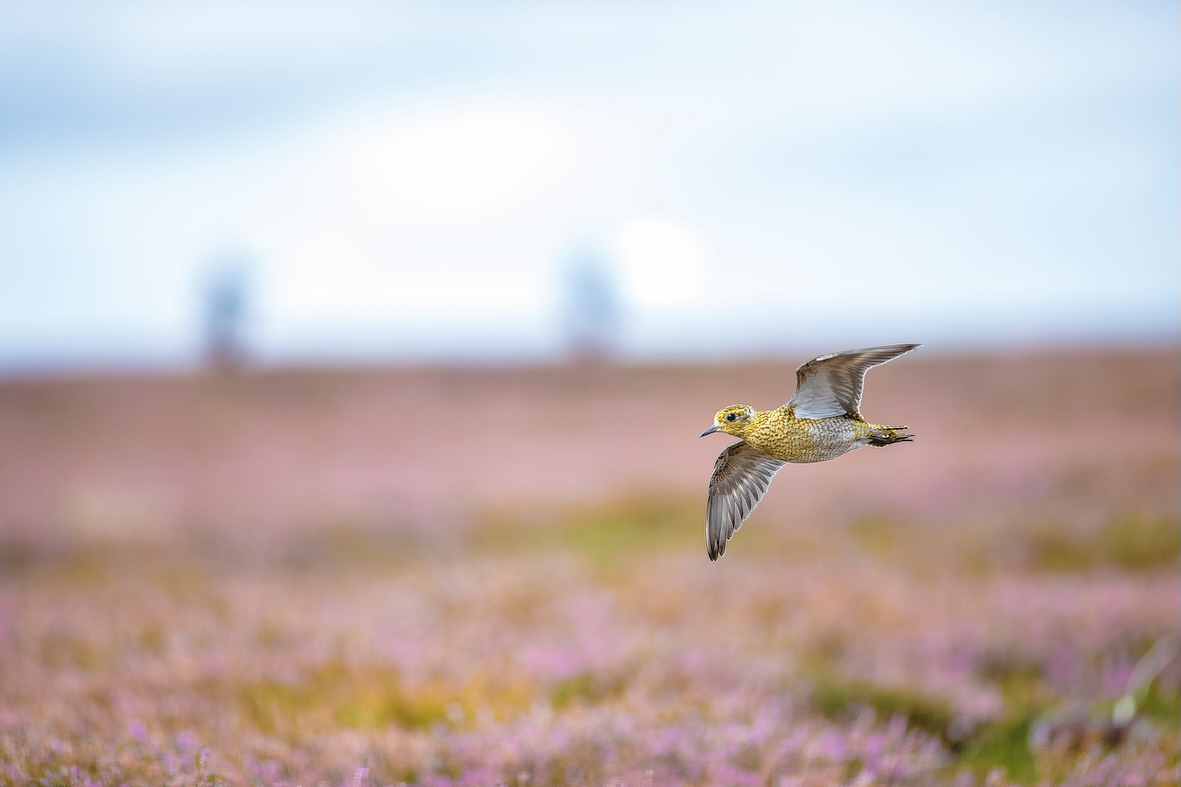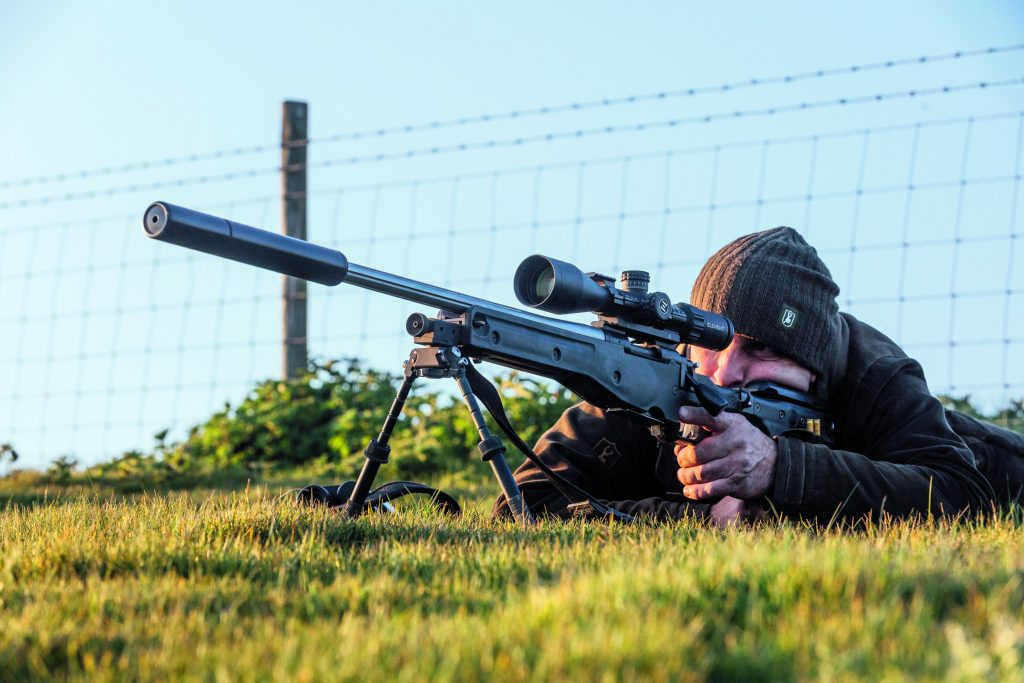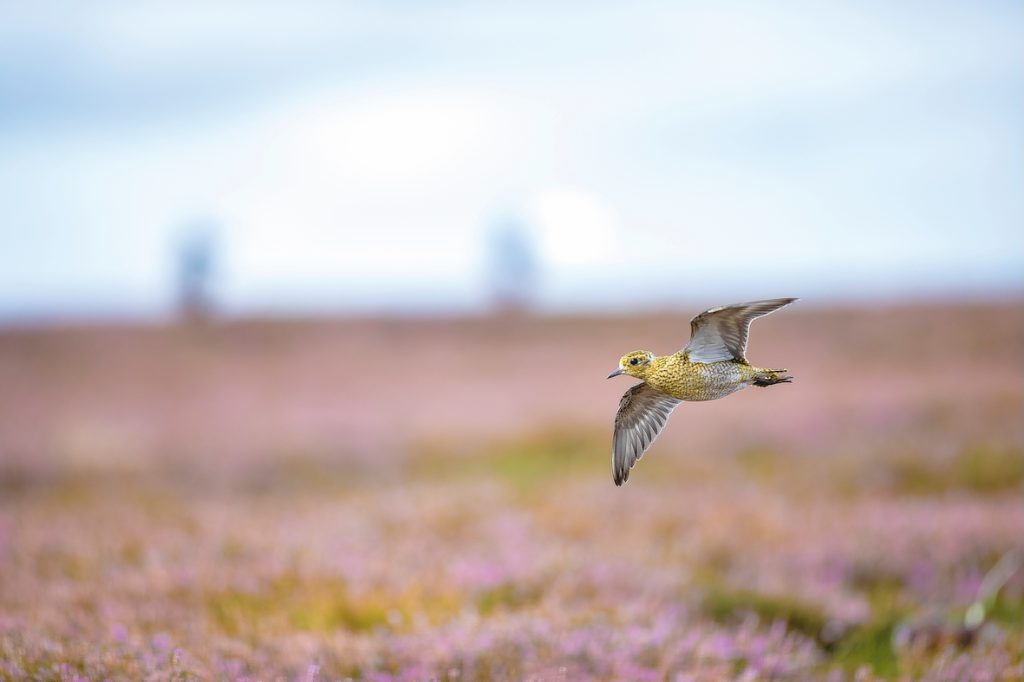News
Going wild for Germany’s boar
<strong>The exhilarating but unpredicatable sport of shooting wild boar at night on a superior western German hunting ground has Selena Masson hooked</strong>
Would you like to speak to our readers? We offer sponsored articles and advertising to put you in front of our audience. Find out more.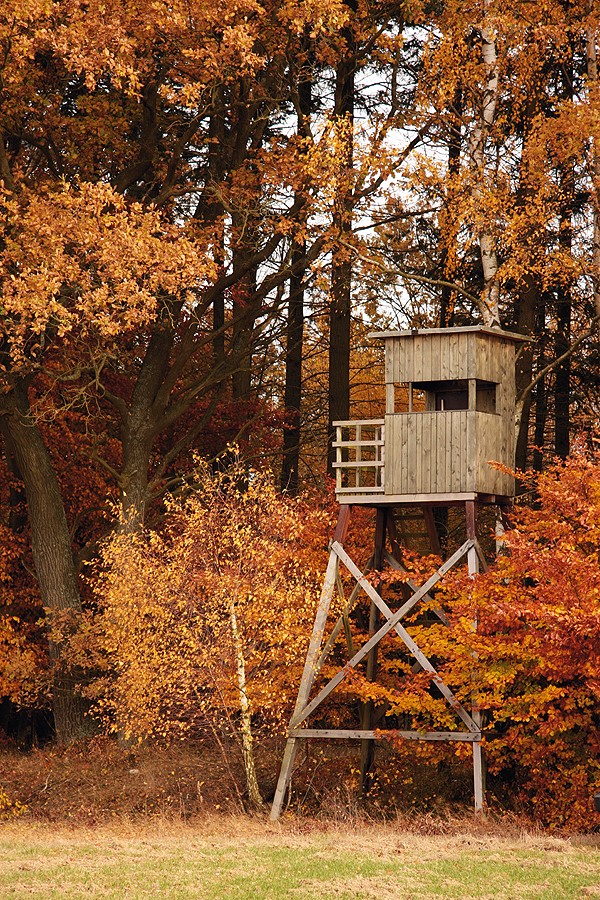
Attempting to shoot boar under the moon from a high seat is not for the faint-hearted hunter. The sport in this part of Germany is unpredictable: the boar exist on 1,200 acres and cannot be relied upon to turn up at designated feeding stations, particularly when the trees are loaded with their favourite fodder, beechmast and horse chestnuts. However, the long periods of inactivity are punctuated by heart-racing moments that make all the waiting worthwhile.
My hosts, Oliver and Ilka Dorn, took on the sporting rights of the land, which is in the state of Rheinland Pfalz, in western Germany, five years ago. We have invested a lot of money in creating perfect boar habitat coupled with comfortable shooting facilities. There are 20 state-of-the-art high seats plus a purpose-built hunting lodge on the grounds, Ilka told me when I arrived.
An absorbing sport
I spent my first night sitting in an unusually luxurious high seat, which resembled a small wooden shed on stilts. If you are spending up to 10 hours a night in a high seat, it needs to be more than just a plastic chair stuck on a ladder, Oliver pointed out.
The high seat was positioned at the centre of three moonlit rides. Identifying the species proved difficult at times, as the boar were reluctant to step out of the shadows. The sight of what could be a boar meant that I forgot instantly about the cold biting at my toes. But despite my sitting torturously still, the boar did not show. Only a badger scurried through the ride that night, no doubt attracted by the corn hidden in the feeders nearby. Back at the hunting lodge, however, I was consoled by the fact that none of the other hunters had shot a boar either.
The next morning we checked for evidence of boar activity at each of the high seats. Oliver and Ilka pointed out tracks and the mud-coated trees that the boar had used as scratching posts. The deep muddy wallows also showed signs of being recently visited. I was relieved to discover that I had not missed any boar at my high seat as the feed station was untouched. The heavy wooden lid conceals a timer that records when boar have visited. It helps us to monitor their behaviour and plan our hunting trips, Ilka said.
Last year we shot 60 boar, she continued, but this year has proved less fruitful. We have only shot five since the hunting calendar began in April. It is down to us to keep their numbers in check. We have to compensate the farmers for damage caused to their crops and this can run into the thousands of euros.
There are no reliable estimates of the size of the wild boar population in Germany, but the growing number of boar being shot gives an indication. A total of 477,494 were shot during the 2007 to 2008 season, 36 per cent above the average of the previous 19 seasons, according to the Deutscher Jagdschutz Verband (German Hunting Association).
Changing tactics
As the boar seemed uninterested in the woodland rides, the next evening I elected to try out a high seat with a view of open farmland. During the day we had seen signs that boar travelled across these particular fields, so I was confident of spotting my quarry. Compared with the previous night there was more cloud cover. Boar tend to be wary on bright nights. They have realised that on dry nights the hunters come out. So tonight is a much better hunting night, said Oliver.
With a .308 Blaser rifle and Zeiss Victory Varipoint 3-12×56 V69 scope, a hot-water bottle and Thermos, I set up camp at 8pm. Once I was comfortable I scanned the horizon. The field was buzzing with nocturnal wildlife. To my far right were two roe grazing on the headland and beyond them was a group of young hares. Two hours passed and no other animals emerged except for an errant fox trotting through the crop. Then, in the distance, I heard snorting and grunting. Sure enough, a family of 20 boar were on the field four big adults and their young 120m away. I watched them for a couple of minutes before cocking the rifle and illuminating the scope. Given how dark it was I was impressed by how well I could see through the scope. I took a deep breath, aligned the scope with one of the piglets and paused for the briefest of moments. But just at that crucial moment a car tore down a nearby lane and spooked the boar. They were gone.
A final chance
Not only does the land have an abundance of wild boar, there is also a burgeoning population of roe. The next day, I was invited to sit in a high seat on the other side of the land in search of a different quarry and had rather better luck with two roe does than I had with the boar.
Later that evening I returned to the same seat as the previous evening for my last attempt at boar. I hoped that the group I had seen there would make another appearance. However, terrible weather made the shooting conditions even harder. Rain lashed at my face through the high seats peepholes and the hunt was called off at midnight when visibility was reduced to 20ft.
I hope to visit the Dorns again in the New Year, when there is less natural food about and the boar will more concentrated in the area. I now understand what Ilka meant when she said that it is easy to become pig-obsessed.
Related articles
News
A sound decision as moderators to be taken off licences
The Government has finally confirmed what the shooting community has long argued – that sound moderators should be removed from firearms licensing controls
By Time Well Spent
Gamekeeping news
News
Devastating effects of keepers downing tools
A 20-year experiment highlights the dramatic decline in our red-listed birds after predator control ends, proving the vital role of gamekeepers
By Time Well Spent
Manage Consent
To provide the best experiences, we use technologies like cookies to store and/or access device information. Consenting to these technologies will allow us to process data such as browsing behavior or unique IDs on this site. Not consenting or withdrawing consent, may adversely affect certain features and functions.
Functional Always active
The technical storage or access is strictly necessary for the legitimate purpose of enabling the use of a specific service explicitly requested by the subscriber or user, or for the sole purpose of carrying out the transmission of a communication over an electronic communications network.
Preferences
The technical storage or access is necessary for the legitimate purpose of storing preferences that are not requested by the subscriber or user.
Statistics
The technical storage or access that is used exclusively for statistical purposes.
The technical storage or access that is used exclusively for anonymous statistical purposes. Without a subpoena, voluntary compliance on the part of your Internet Service Provider, or additional records from a third party, information stored or retrieved for this purpose alone cannot usually be used to identify you.
Marketing
The technical storage or access is required to create user profiles to send advertising, or to track the user on a website or across several websites for similar marketing purposes.

